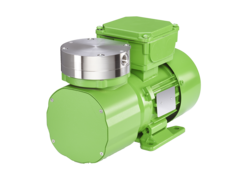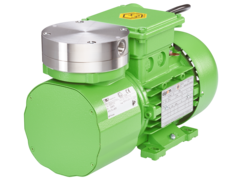KNF diaphragm gas pumps transfer or compress gases and vapors and generate vacuum without contaminating t...
N 922 Diaphragm Gas Transfer Pump With Stainless Steel Pump Head
High performance, easy servicing
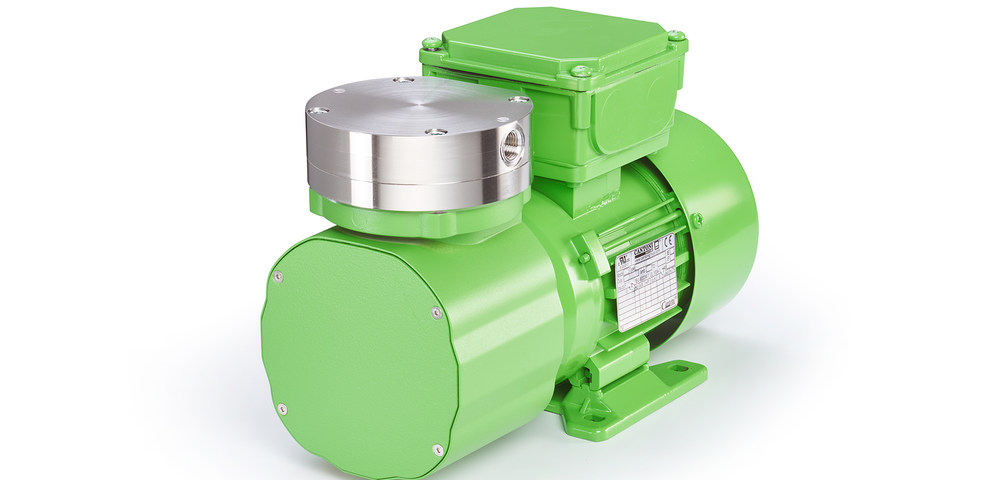
In many industries, environmental engineering and research, high-performance, durable and reliable diaphragm vacuum pumps are widely sought whether for evacuating, transferring or compressing functions. The N 922 pump series from KNF fits the bill. This pump series is now available with stainless steel pump heads, making it suitable for even more applications.
The N 922 diaphragm pump transfers media reliably and with low maintenance requirements. As with all of KNF's pump series, this pump’s modular system allows it to be tailored to suit many specific applications. The N922 gas transfer pump is also now available in three new versions with stainless steel pump heads, making it suitable for even more applications.
The new models are highly leak-tight in keeping with KNF’s standards, and they feature substantially higher values in all the key areas, with a flow rate of up to 25 l/min, up to 110 mbar abs depth of vacuum and up to 6 bar g of pressure. These performance parameters make them particularly convenient, for example, for stationary emissions measurements or gas compression in the power generation industry. Few wearing parts, long periods between required maintenance work and low inspection costs all add up to advantageously low operating costs.
Two protection classes
The new N 922 models are equipped with an EPDM or PTFE-coated diaphragm. This makes them chemically resistant and suitable for environmental and media temperatures of up to 60 degrees Celsius (140 degrees Fahrenheit). For optimal condensate, the compressor housing in the N 922 with protection class IP54 can be repositioned in increments of 90 degrees separately from the motor. Both protection classes can be combined with single-phase or three-phase AC motors.
With the IP20 protection class, the single-phase AC motor covers a broad voltage range from 100–120 V at 50/60 Hz to 200–240 V at 50/60 Hz. All N 922 models with protection class IP20 come with a mounting plate, which can be quickly fitted into any system thanks to its flexible bore pattern.
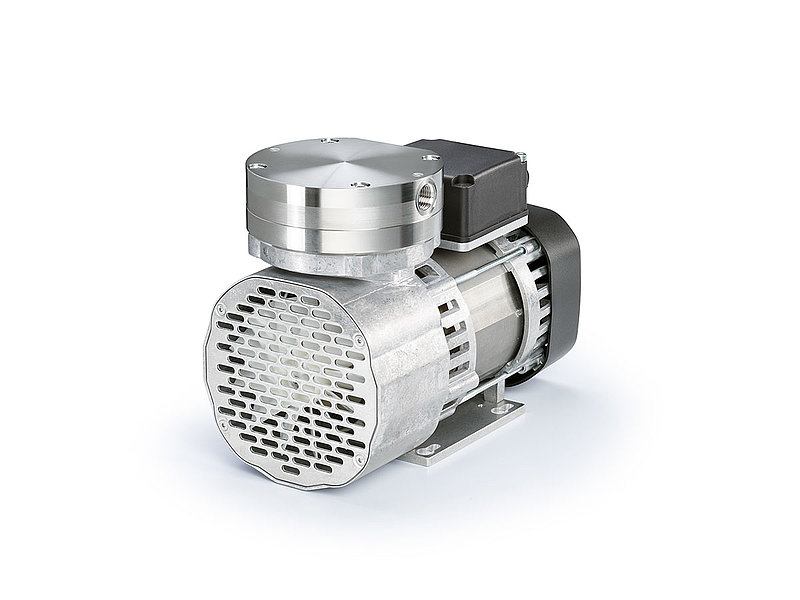
In models with IP54 protection class, the single-phase AC motor with a terminal box covers voltages of 100–120 V at 50/60 Hz, 230 V at 50 Hz as well as 220 V at 60 Hz. The three-phase AC motor for 230/400 V at 50/60 Hz can be operated with a frequency converter, which makes the performance of the N 922 dynamically adjustable to the requirements of the process at hand. Both AC motors are designed for continuous operation, and the reinforced motor bearings provide for a long service life even in high-pressure conditions.
Ex version
The impressive specifications of the new N 922 are even available in an Ex version for use in explosive atmospheres. These work with up to 2.5 bar (36 psig) of positive pressure. The Ex DE motor with protection class IP66 is ATEX and IECEx-compliant (incl. CCOE, NEPSI, KOSHA), making it ideal for demanding applications. The position of the compressor housing can be adjusted in increments of 90 degrees separately from the motor to enable the optimal drainage of condensate.
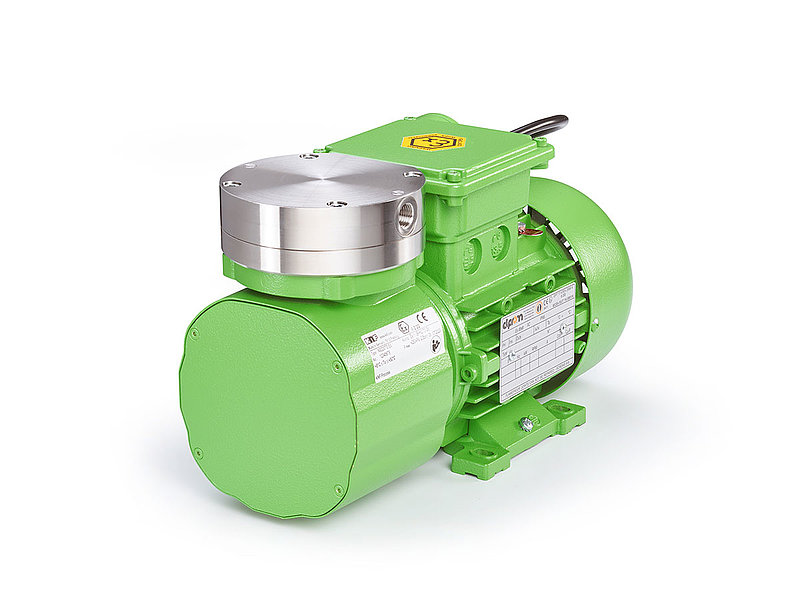
Maintenance without disassembly
As was the case with the 2017 pump version with a PTFE pump head, easy servicing remains the focus of these new models. Emission measurement systems in particular are often difficult to access, making longer periods between required maintenance work an important criterion. Depending on the area of application, the diaphragm and the valves of the N 922 only need to be replaced about once a year. Thanks to the special durable design, this can even be carried out on assembled analytical systems using standard tools, ensuring that the measurement technology remains ready for operation even under extreme conditions.

